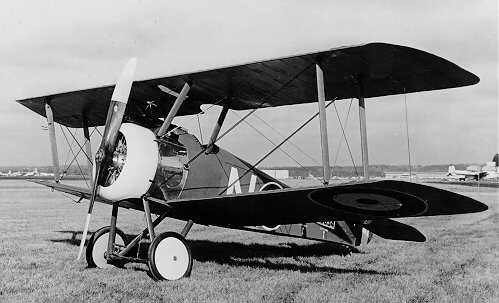
One summer afternoon in 1917, Royal Flying Corps trainee Graham Donald prepared to try a new maneuver with his Sopwith Camel. He ascended into a vertical loop, intending to flip the plane at the top and fly off in the opposite direction. Unfortunately, when the airplane was fully inverted at 6,000 feet, his safety belt gave way and “suddenly I dived clean through it and fell out of the cockpit.”
“The first 2,000 feet passed very quickly, and terra firma looked damnably ‘firma,'” he recalled later. But as he fell, “I began to hear my faithful little Camel somewhere nearby.” He dropped onto the diving plane and managed to grip its top wing, “and that saved me from slithering straight through the propeller, which was glistening beautifully in the evening sunshine.”
As the ground neared at 140 mph, he reached into the cockpit and pulled back on the control stick. Unfortunately, this sent the plane into an inverted spin. With 2,500 feet left, Donald managed to put his right foot on the stick and push it forward, and he found himself clinging to a plane that was flying upside down. He reached the controls, righted the plane, and climbed into the cockpit with about 800 feet to spare. To prevent further strain on the wings, he cut the engine and glided back to the airfield.
“I made an unusually good landing, but there was no one there to applaud — every man-jack of the squadron had mysteriously disappeared. After a minute or so, heads began to appear all over the place — popping up like bunny rabbits from every hole. Apparently, when I had pressed my foot on the control stick, I’d also pressed both triggers and the entire airfield had been sprinkled with bullets. Very wisely, the ground crew dived as one man for the nearest ditch.”
(From Joshua Levine’s 2008 book On a Wing and a Prayer. Thanks, Paul.)
